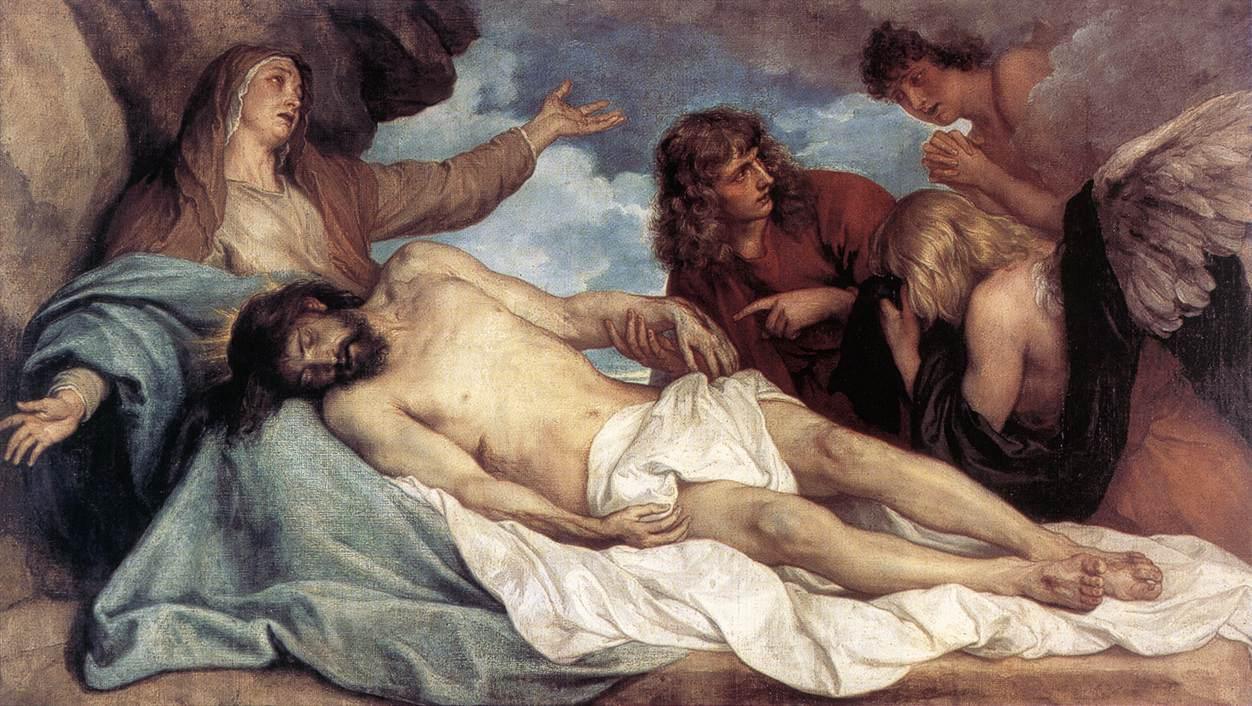Description
The Lamentation of Christ, a masterpiece by Flemish painter Anthony Van Dyck, is one of the most moving and moving paintings in the history of art. This work, done in oil on canvas in the 17th century, represents the moment when Jesus is taken down from the cross and is mourned by his mother, Mary, and by his followers.
Van Dyck's artistic style is characterized by his ability to capture emotion and expression in his portraits and religious scenes. In The Lamentation of Christ, the artist uses a loose, flowing brushwork technique to create a sense of movement and drama in the composition.
The composition of the painting is very interesting, since Van Dyck uses a diagonal that goes from the head of Christ to the hand of Mary to guide the viewer's gaze through the scene. Furthermore, the artist uses light and shadow to create an effect of depth and realism in the painting.
Color also plays an important role in The Lamentation of Christ. Van Dyck uses a dark and somber color palette to reflect the sadness and pain of the scene. However, he also uses touches of bright color in the clothing of the characters to create a contrast and highlight the importance of the figure of Christ in the composition.
The history of the painting is also very interesting. The work was commissioned by King Charles I of England, who was a great admirer of Van Dyck's work. After the king's death, the painting was sold and passed through several hands before being acquired by the National Gallery in London in 1865.
Also, there is a little known aspect of The Lamentation of Christ that is very interesting. Van Dyck is said to have used his wife as the model for the figure of Mary in the painting, giving the work a personal and emotional touch.

